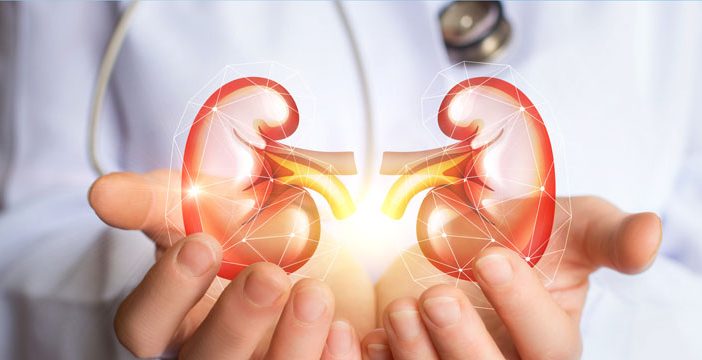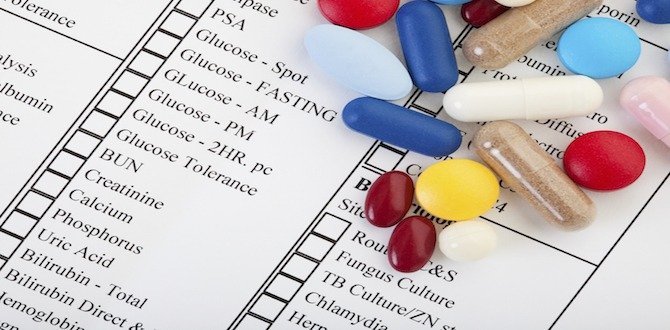
Are you aware that nearly 50% of people living with type 2 diabetes (T2D) have developed chronic kidney disease (CKD) related to their diabetes? Left untreated, this can lead to kidney failure.
Why is looking after your kidneys important?
Diabetes is the leading cause of new onset dialysis in Canada. Most individuals living with diabetes are unaware of this complication. More importantly, research has shown us that routine screening as recommended by Diabetes Canada Clinical Practice Guidelines is not being performed. CKD is typically symptom-free early on, so it is often a forgotten or silent complication of diabetes. But early detection can lead to prevention!
How is screening performed?
Screening for kidney disease in T2D includes two separate lab tests to be performed as part of your annual diabetes screening tests. While both are necessary, they don’t have to happen at the exact same time—especially if you’re unable to provide a urine sample at the time of your blood work.
Urine sample: A simple urine test for albumin creatinine ratio (UACR) measures the amount of two substances in your urine—albumin (a protein) and creatinine (waste products filtered by your kidney)—to assess kidney health. It helps determine if your kidneys are functioning properly by checking for the presence of albumin in the urine. Healthy kidneys filter out albumin and allow creatinine to pass through into the urine. If albumin is present in the urine, it can be a sign of kidney damage or disease. Elevated UACR is an early marker for CKD and cardiovascular health risk.
Blood sample: This test for estimated glomerular filtration (eGFR) rate measures how well your kidneys are filtering waste and excess fluid from your blood. eGFR is a calculation and not a direct measurement of how much blood your kidneys filter each minute. A lower eGFR indicates reduced kidney function. Checking GFR levels is often used to monitor the effectiveness of treatments used to protect the kidneys and to ensure the safe use of medications to lower your glucose. Some medications (e.g.metformin) should not be used when the eGFR is too low.
What is the connection between blood pressure and kidney health?
Blood pressure and kidney health are very closely related. High blood pressure can cause kidney disease by damaging the glomeruli, the part of the kidney which is responsible for filtering blood. It also causes hardening of the tiny blood vessels providing oxygen and other nutrients to the kidney. High blood pressure can increase the leakage of albumin into the urine by damaging the kidney’s filtration membrane. This damage compromises the membrane’s ability to retain proteins, allowing albumin to pass into the urine. This is often the earliest detectable sign of kidney damage.
The reverse is also true. Kidney disease can lead to high blood pressure since it causes salt and water retention. In addition, it changes the balance of certain hormones which are important in regulating blood pressure.
When should screening be performed?
The Diabetes Canada Guidelines recommend eGFR and UACR testing at diagnosis and then at least annually for all people with type 2 diabetes. Increased frequency of screening may be necessary depending on individual treatment plans. It is also important to have blood pressure checks at each diabetes checkup.
How to take charge of your kidney health today
Early detection is key to preventing CKD so make sure you are having both eGFR and UACR tests performed annually. Reaching your glucose, cholesterol and blood pressure targets will also reduce the risk of CKD. Follow a healthy lifestyle and work towards a healthy body weight. And please STOP smoking! Most importantly, there are also medications your doctor can prescribe to help to protect your kidneys.
It has been a very exciting time for research in the prevention of CKD progression in type 2 diabetes, and several new treatments are available. Ask your diabetes healthcare team if you are receiving the right ones to reduce your risks.
This content is supported by Bayer Inc. The author maintains editorial control over this content. Statements of fact and opinions expressed are those of the author and do not necessarily reflect the views or position of Bayer Inc.



